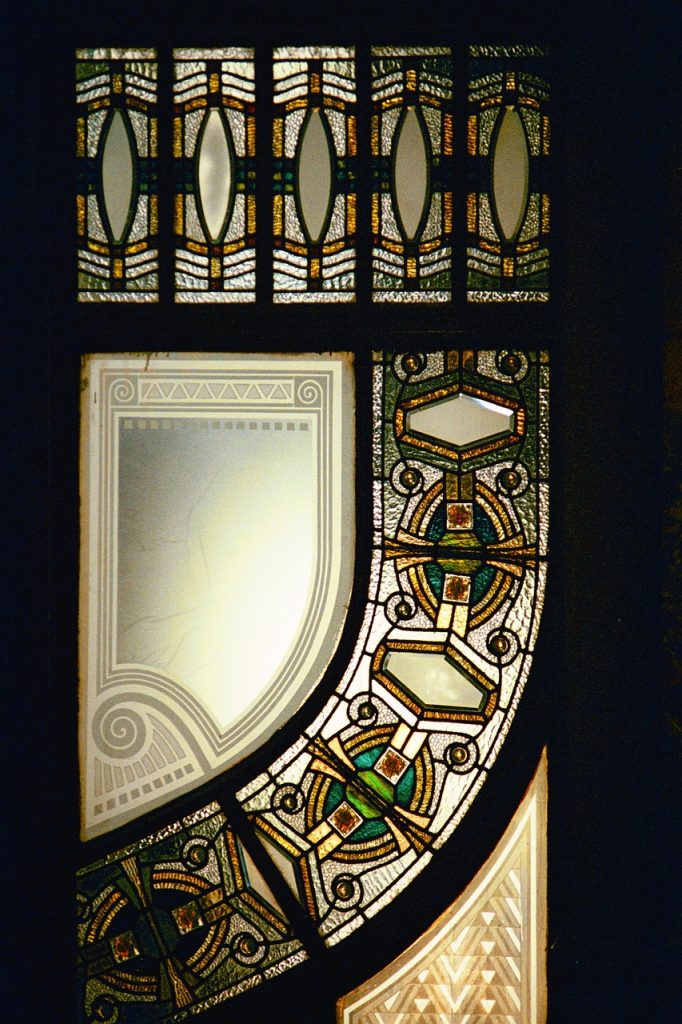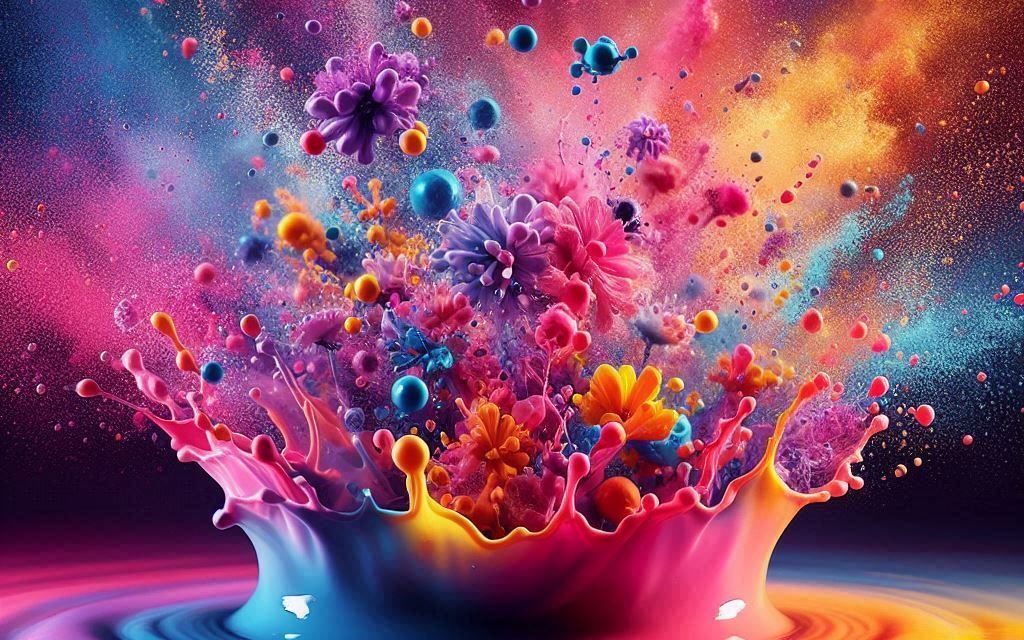Table of Contents
How Are New Art Movements Born? The Evolution of Creativity Through Time
Introduction
How Are New Art Movements Born? Art is a reflection of the human experience, evolving alongside society’s changing values, technologies, and cultural dynamics. Throughout history, new art movements have emerged as a response to the world around them, driven by a desire to challenge the status quo, explore new ideas, and express the complexities of the human condition. But how exactly are these new art movements born? What catalyzes the shift from one artistic era to another?

Image by Pixabay
Cultural and Social Context
The birth of a new art movement is often deeply intertwined with the cultural and social context of its time. Historical events, political upheavals, and societal changes can all serve as catalysts for artistic innovation. For example, the Renaissance, which marked the transition from the Middle Ages to modernity, was born out of a renewed interest in classical antiquity and the humanistic values that accompanied it. The movement was fueled by a cultural shift that emphasized the importance of individualism, scientific inquiry, and the exploration of the natural world.
Similarly, the Dada movement emerged in the early 20th century as a reaction to the horrors of World War I. Dada artists rejected traditional aesthetics and embraced absurdity, spontaneity, and anti-art sentiments as a way to protest the senselessness of war and the perceived failure of society.
Technological Advancements
Technological advancements often play a crucial role in the development of new art movements. The invention of new tools, materials, and techniques can open up previously unimaginable possibilities for artistic expression. The advent of photography in the 19th century, for instance, revolutionized the art world by challenging the role of painting as the primary medium for capturing reality. This led to the rise of Impressionism, where artists like Claude Monet began to explore light, color, and movement in ways that were less concerned with realism and more focused on the subjective experience of seeing.
In the 20th century, the development of digital technology gave rise to new forms of art such as digital painting, video art, and interactive installations. The ability to manipulate images, sound, and data in ways that were previously impossible has allowed artists to push the boundaries of traditional media and explore new dimensions of creativity.
Philosophical and Intellectual Influences
New art movements are often born out of philosophical and intellectual shifts that challenge existing norms and encourage artists to think differently about their work. The Surrealist movement, for example, was heavily influenced by the writings of Sigmund Freud and the exploration of the unconscious mind. Surrealist artists sought to tap into the dream world and the irrational, creating works that defied logic and embraced the bizarre.
Postmodernism, which emerged in the mid-20th century, was influenced by a range of philosophical ideas that questioned the notions of truth, identity, and representation. This movement rejected the grand narratives and rigid structures of modernism, embracing instead a playful, eclectic approach that blurred the boundaries between high and low art, reality and fiction.
Collective Movements and Influential Figures
While individual artists can have a significant impact on the birth of new art movements, these movements are often the result of collective efforts. Groups of like-minded artists, writers, and intellectuals frequently come together to share ideas, challenge conventions, and develop new forms of expression. The Impressionists, for example, were a group of artists who banded together to challenge the rigid academic standards of the time, organizing their own exhibitions and promoting their innovative techniques.
Influential figures, whether artists, critics, or patrons, can also play a pivotal role in shaping new art movements. These individuals often act as leaders or catalysts, guiding the direction of the movement and helping to bring it into the public consciousness. For example, Pablo Picasso and Georges Braque are credited with developing Cubism, a movement that revolutionized the way artists represented space and form.
The Role of Rebellion and Experimentation
New art movements are frequently born out of a sense of rebellion against established norms and conventions. Artists who feel constrained by traditional methods and subject matter may seek to break free by experimenting with new techniques, styles, and concepts. This spirit of experimentation is essential to the development of new art movements, as it allows artists to explore uncharted territory and discover new ways of seeing and interpreting the world.
The Abstract Expressionist movement, which emerged in the 1940s and 1950s, was characterized by its emphasis on spontaneous, gestural painting and the rejection of representational forms. Artists like Jackson Pollock and Willem de Kooning pushed the boundaries of what was considered art, creating works that were both radical and deeply personal.
Finally…
The birth of new art movements is a complex process influenced by a myriad of factors, including cultural and social contexts, technological advancements, philosophical shifts, collective efforts, and a spirit of rebellion and experimentation. These movements are not just about the creation of new styles or techniques; they represent a fundamental shift in how artists and society at large perceive and engage with the world. As long as there are new ideas to explore and challenges to confront, new art movements will continue to emerge, shaping the course of art history and reflecting the ever-evolving human experience.


No responses yet